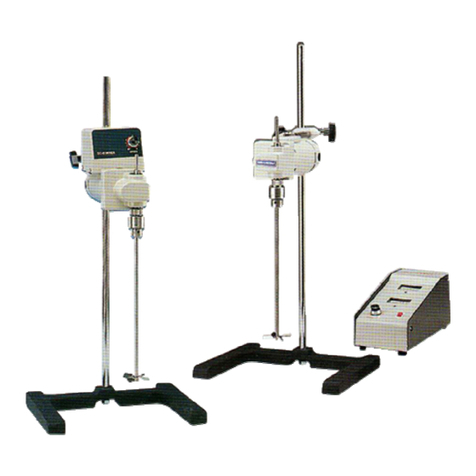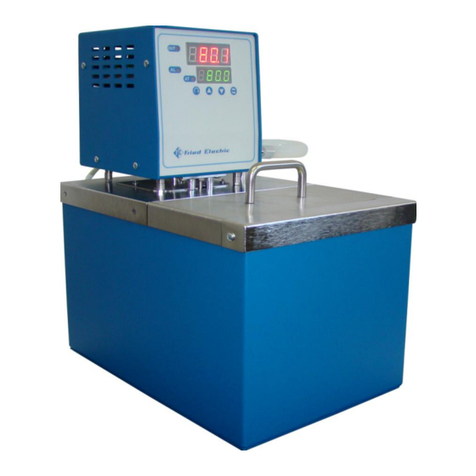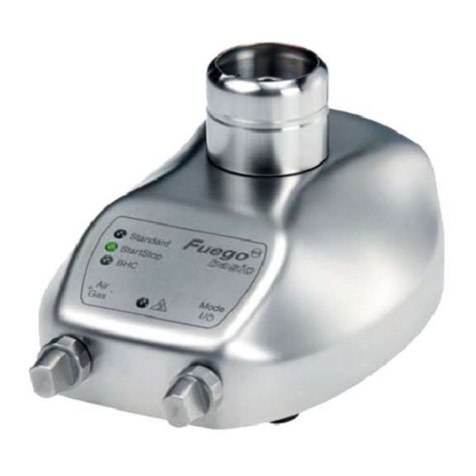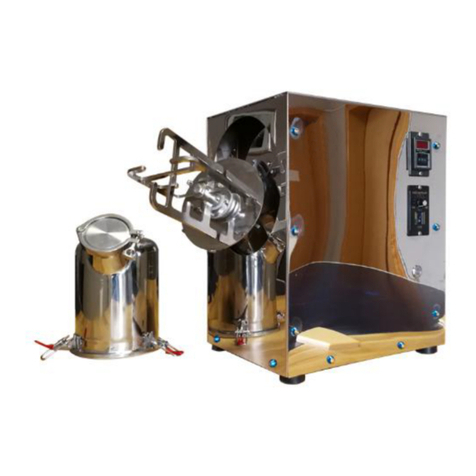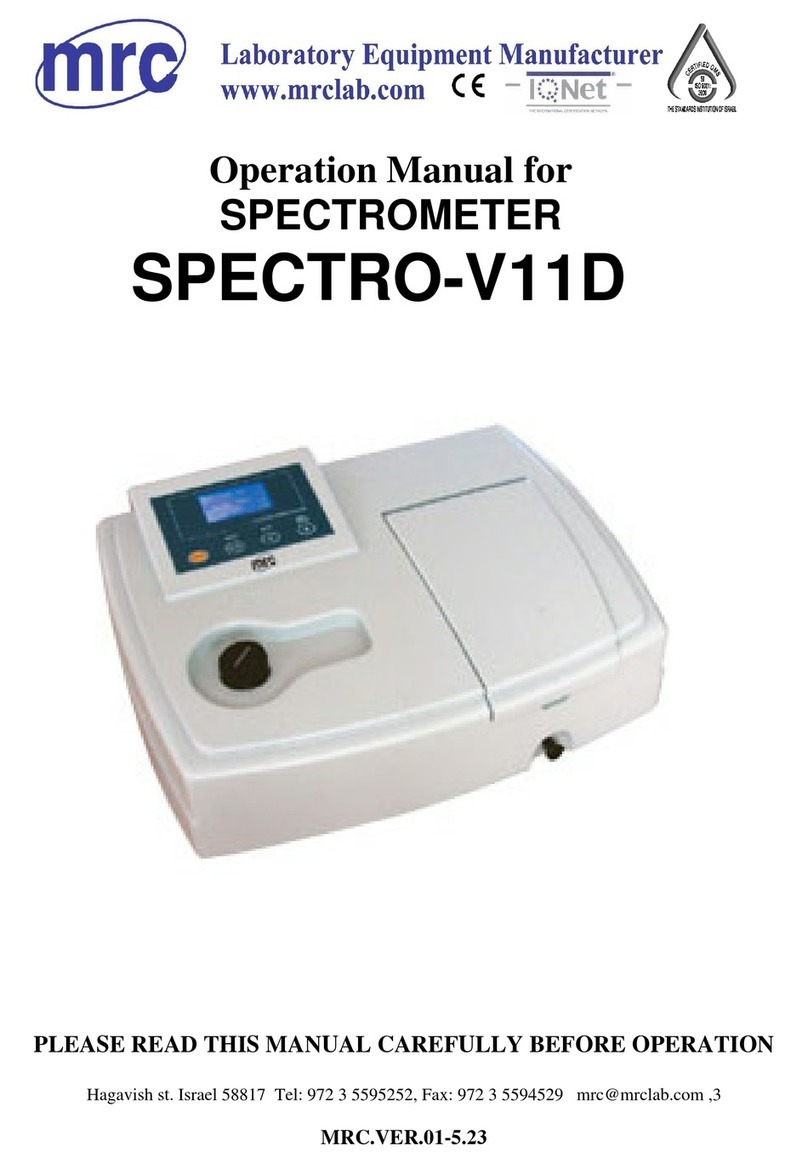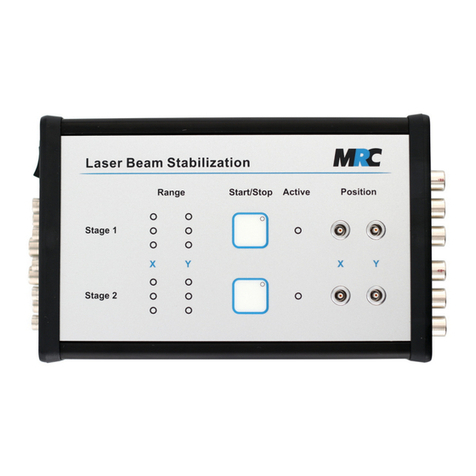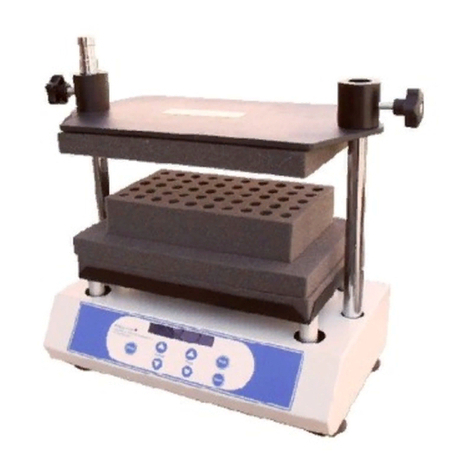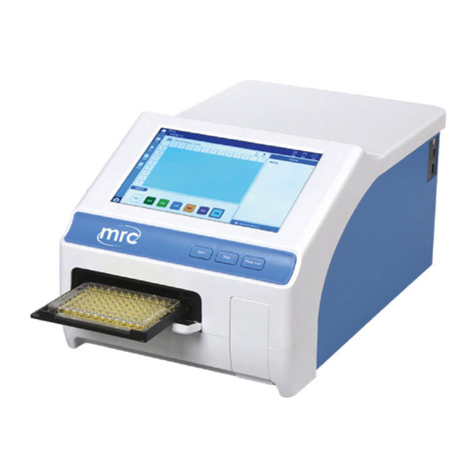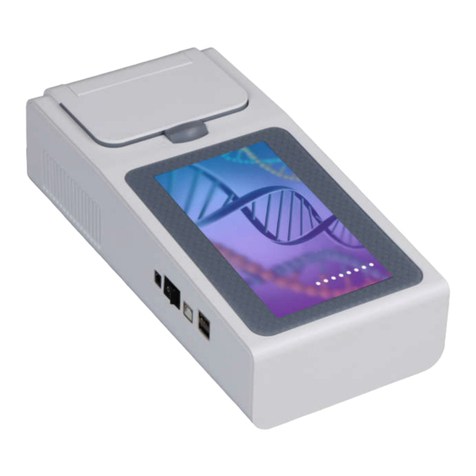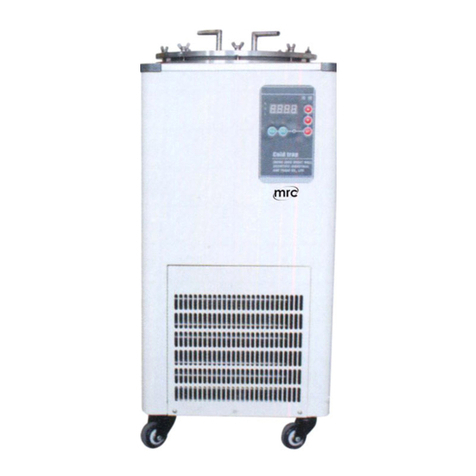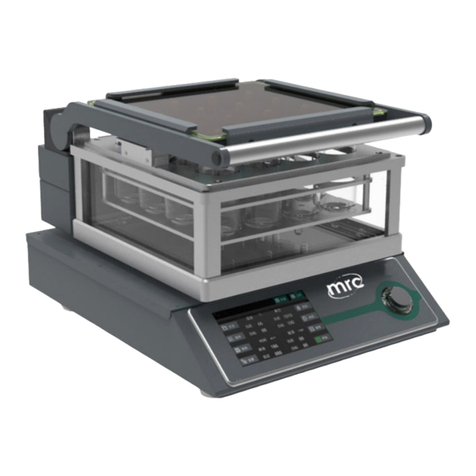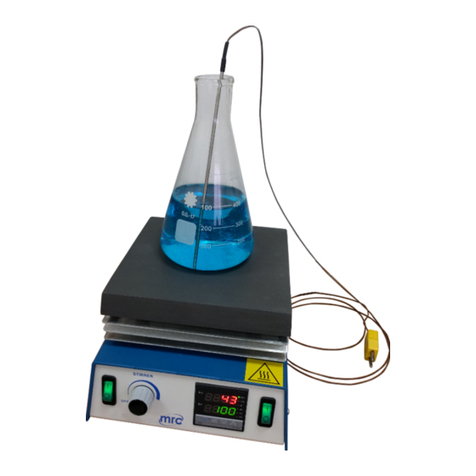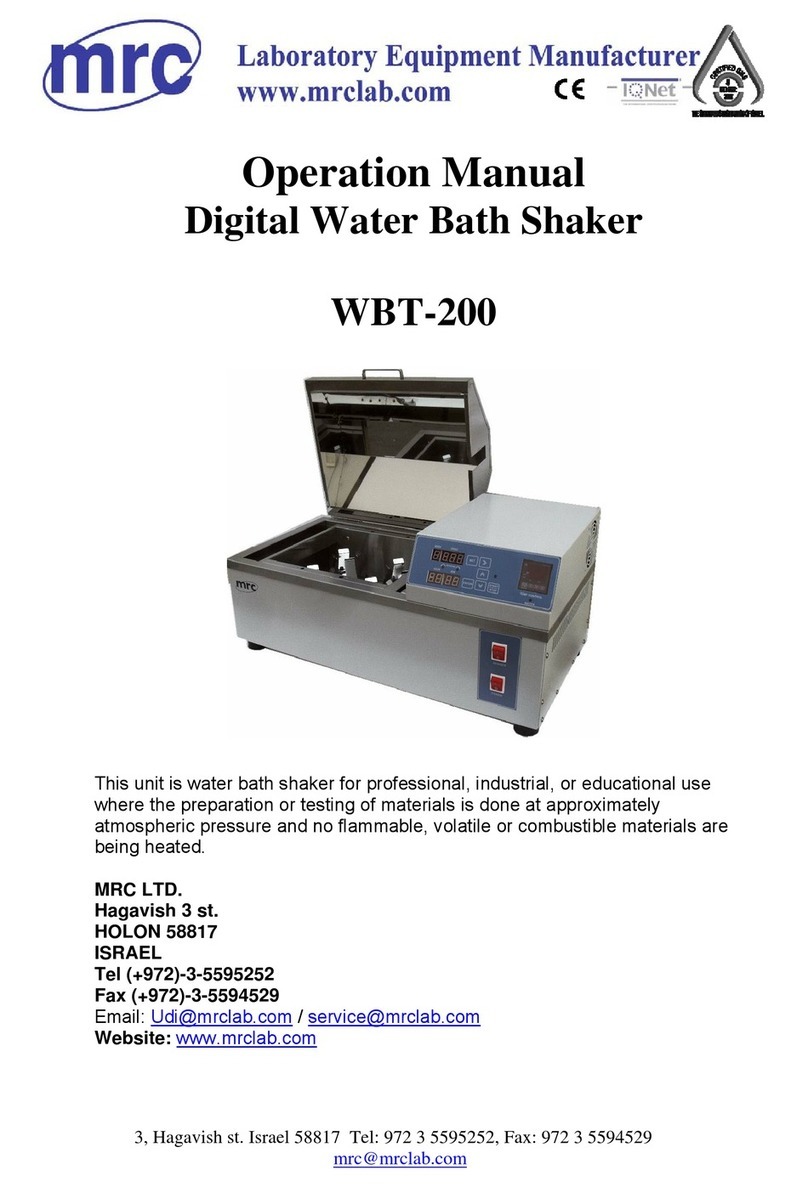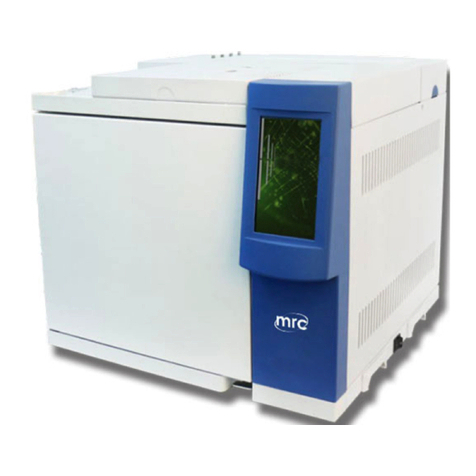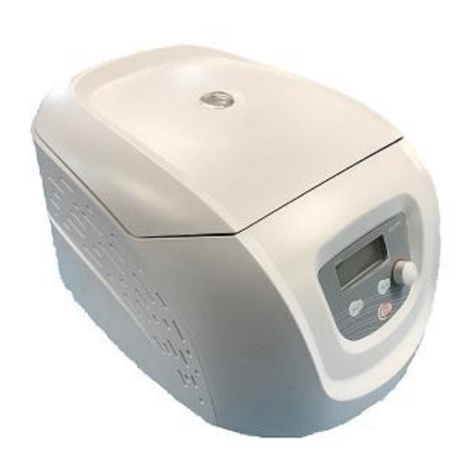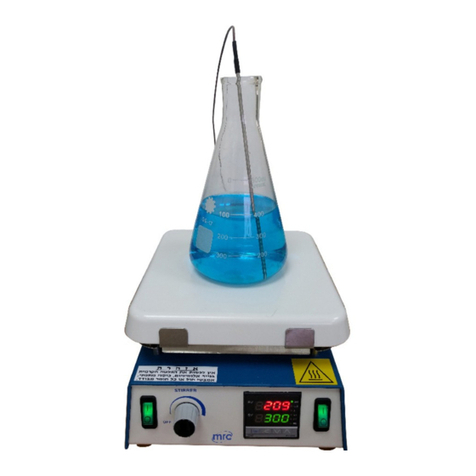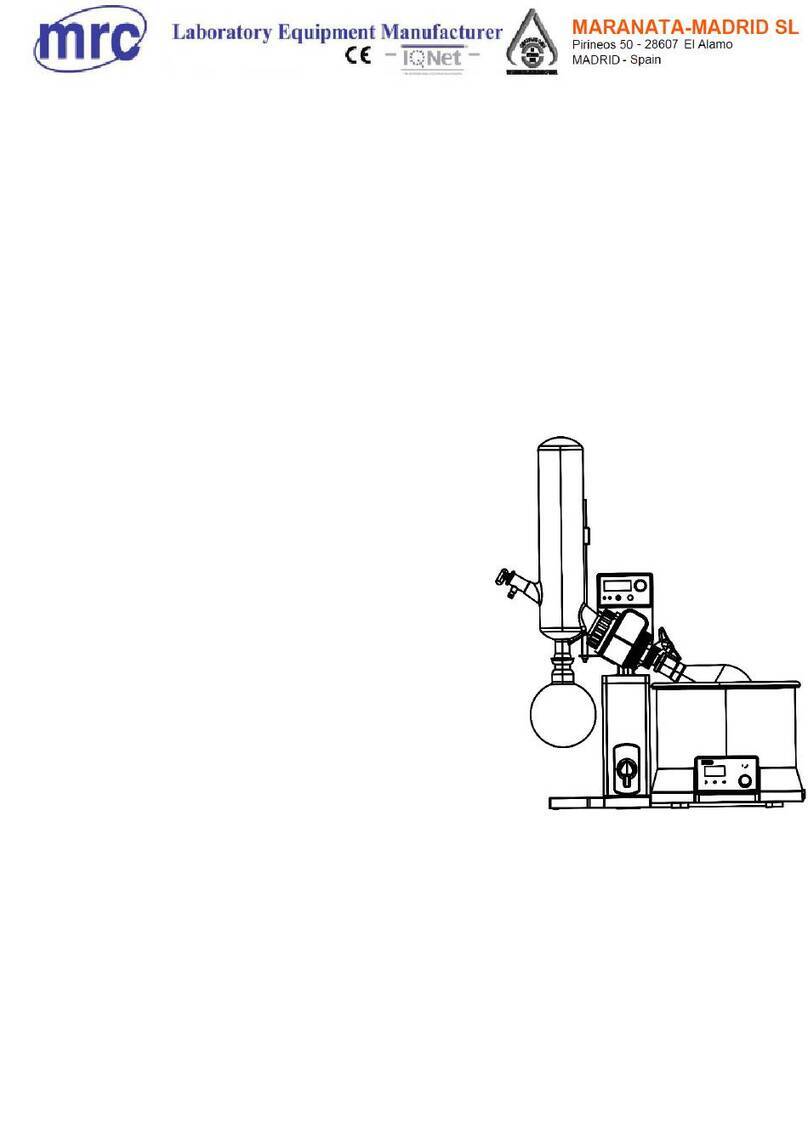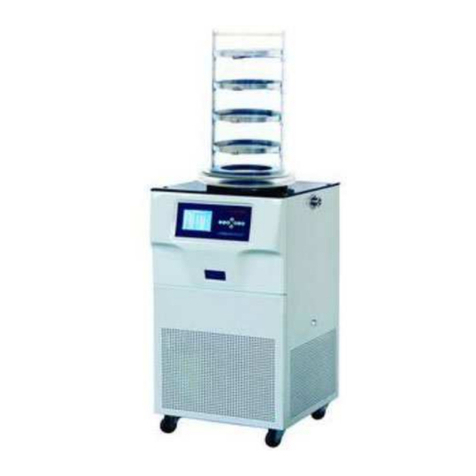
⑥The locking nut at the top of the valve seat is a sealing part during boosting, and the thread is
very easy to freeze and difficult to screw after completion of drain. At this time, the method of
natural thawing or heating by an electric blower can be adopted for thawing before removal.
⑦The threaded hole of the locking nut shall be prevented from foreign matters. If the locking nut
is lost, the user shall contact our company to purchase a new one and shall not use any other
part to substitute it.
⑧In use, the bending radius of the drain metal hose shall not be too small; otherwise it may
result in leakage and breakage risks.
①Liquid nitrogen filling
Close all valves and connect the infusion pipeline of the drain valve. First the exhaust valves shall
be opened (all in open state) to reduce the pressure in the container and observe the pressure
gauge on the tank body. When the indicated value of the pressure gauge is 0 MPa, open the inlet
and drain valves (all open state) to fill liquid nitrogen. When a little liquid nitrogen ejects from the
exhaust valve, liquid nitrogen is fully filled into the tank body, the liquid inlet/outlet valve shall be
closed immediately and the exhaust valves shall be closed in turn;
Alternatively, use the pipe to fill liquid nitrogen into the container or use the liquid nitrogen
machine to fill liquid nitrogen into the container;
②Boosting
When liquid nitrogen is discharged, the liner pressure shall be increased. During boosting, the
exhaust valve and the liquid inlet/outlet valve shall be closed, the pressure increasing valve shall
be opened, and the indicated value of the pressure gauge shall be observed for gradual rise.
The maximum working pressure gauge value of the container is 0.09 MPa. However, in order to
minimize the liquid nitrogen losses, the pressure is generally increased to 0.05 MPa to meet the
drain needs. Under this value, the liquid nitrogen consumption is low and the use needs can be
met, so it is an economic use and operation mode.
When the pressure is increased to 0.02 MPa, liquid can be drained. When only a little liquid
nitrogen is needed, it is unnecessary to open the pressure increasing value; while when
continuous drain is needed, the pressure increasing valve shall be opened at the same time.
When the container is filled with liquid nitrogen, for the reason of safety, the
container shall not be fully filled and must be reserved with a certain gas-phase
space accounting for about 10% of the geometric volume of the container. The filling pressure of
the product shall not exceed 0.8MPa; otherwise it will cause irreversible damages to the safety
valve; when liquid nitrogen is stored in the container and it is required to convey liquid nitrogen,
all exhaust valves must be open.
3. Product Operation and Use
ATTENTION
After the pressure increasing valve is opened, usually the lower part of the shell is frosted, which
is the normal phenomenon when the container is working. When the container is fully filled with
liquid nitrogen (but a gas-phase space equal to 10% of the geometric volume of the container is
still reserved), the time required to increase the pressure to 0.05 MPa is about 20s; when the
liquid nitrogen storage is ¾, the time required to increase the pressure to 0.05 MPa is about
1min; and when the liquid nitrogen storage is ¼, the time required to increase the pressure to
0.05 MPa is about 8min. As the liquid nitrogen in the container is reduced, the time required to
increase the pressure will be increased.
③Drain
First the metal hose (supporting component) shall be screwed into the joint of the liquid inlet/out-
let valve, the exhaust valve shall be closed, and the pressure increasing valve shall be opened.
When the pressure of the inner container rises to the pressure gauge value of 0.05MPa, the liquid
inlet/outlet valve shall be opened and liquid nitrogen will be discharged; when the pressure gauge
value is 0.05MPa, it is an economic operating method; when the pressure gauge value of the
inner container is larger than 0.05MPa, liquid will be discharged and the discharge amount of
liquid nitrogen will increase accordingly.
④Pressure relief
After completion of discharge of liquid nitrogen, the pressure increasing valve and the liquid
inlet/outlet valve shall be closed, and then the exhaust valve shall be opened. If the container is
out of use for a long time, the pressure in the container shall be released.
⑤Container standing and storage
In order to prevent moist air from entering into the container, forming ice particles and blocking
the boosting pipe, the lock nut, the pressure increasing valve and the liquid inlet/outlet valve can
be closed and a small part of the exhaust valve shall be opened to prevent the pressure in the
container from being too high and causing frequent jumping of the safety valve.
⑥ Handling of drain container
Ⅰ. Indoor movement. The container is equipped with four high-strength swivel casters for
convenient indoor movement. Since the product belongs to a high vacuum container, the
movement shall be as slow as possible, so as to avoid impact or collision; otherwise, it will not
only cause depression of the container shell and performance degradation, but also cause
damages of the internal structure of the container, so special attention shall be paid to movement
of the container.
Ⅱ. Lifting. The product belongs to a high vacuum container. Before lifting, the wire rope shall be
sleeved on the hand ring; during lifting, the wire rope shall be vertical and stable and shall not be
pulled hard, placed hard or lifted obliquely.
1110






